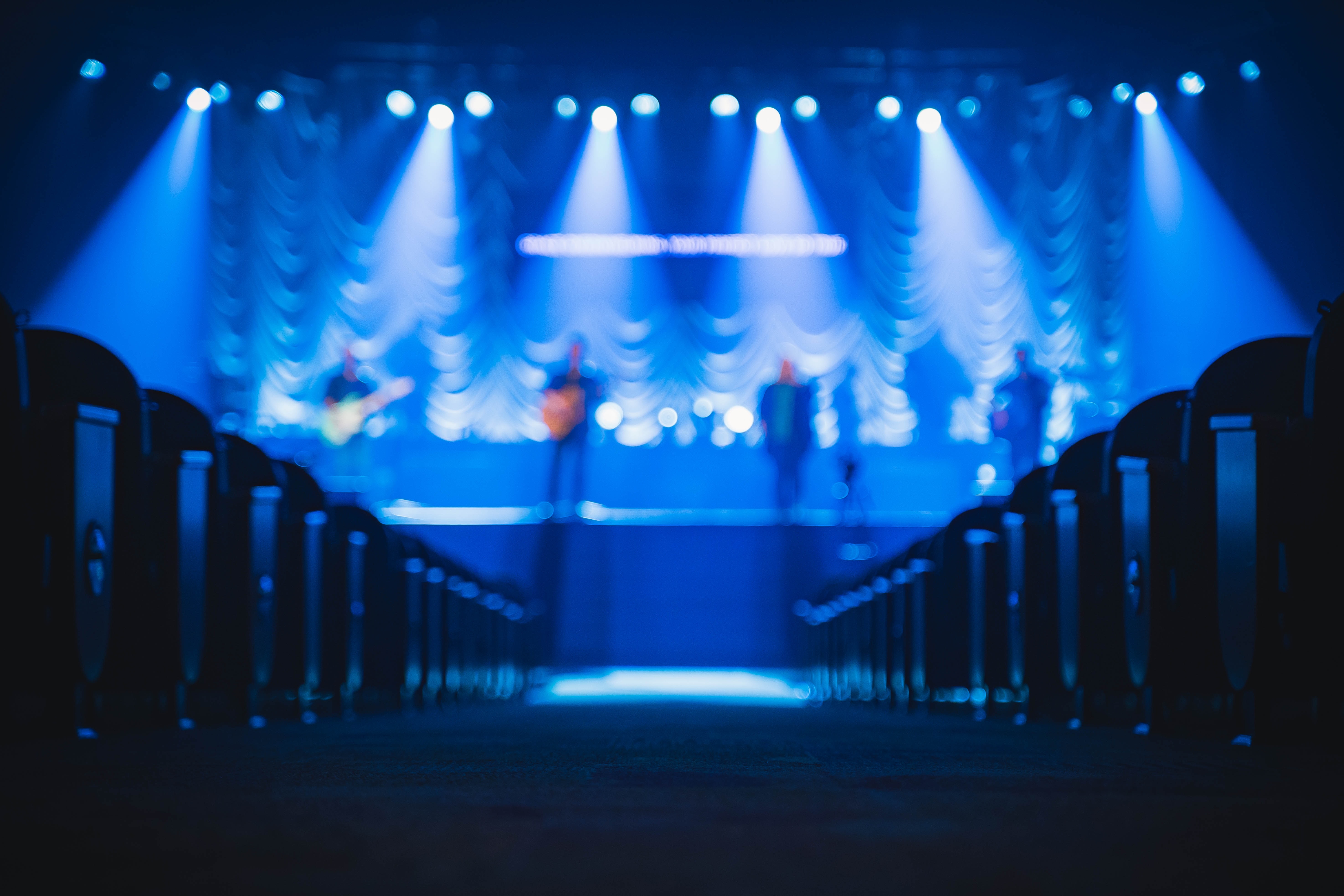VIDEO
Products
Streaming
Deliver flawless live video to any audience, anywhere
OTT Apps
Launch and monetize your own branded TV & mobile apps
Spark Encoder
Tap into hardware encoding that's compact and powerful
Broadcaster App
Go live straight from your phone or tablet with studio-quality control
Features
BoxCast Flow
Ensures smooth playback even on shaky networks
Sharing
Instantly clip, share, and amplify your broadcasts
Producer
Create professional streams right from your browser
Third-Party Encoders
Use the gear you love with our support of RTMP and SRT
AUDIO
RemoteMix
Mix live audio remotely from anywhere in the world
Compatible Mixers
Connect your favorite digital mixer to RemoteMix
INDUSTRIES
House of Worship
Reach and engage your congregation wherever they worship
Sports
Stream games with professional quality for fans everywhere
Local Government
Bring transparency and connection to your community broadcasts
Business
Power your corporate events, webinars, and live streams
LEARN
Blog
Insights, trends, and tips for the audio/video community
Tech Tips
Quick how-tos and deep dives on the latest streaming technology
Guides
Essential tips and expert strategies to expand your reach
Newsletter
Stay up to date with product news, best practices, and more
Podcast
Hear stories and strategies from our customers and experts
DISCOVER
Customer Stories
Explore real-world success stories to inspire your organization
Events
Join us at an upcoming conference and meet with our team
Webinars
Get all the details and register for our next live webinar
About Us
Discover our company's mission, values, and team story

BoxCast Team • December 23, 2020
Let’s talk lighting. Whether you’re podcasting from the comfort of your home or producing a large-scale event that takes place onstage, lighting plays a big role in how your live stream looks. Here are four key things you should consider:
Know what you’re willing to pay for lighting before you start buying it. Lights can be expensive, and before you know it, you could end up spending thousands of dollars. It’s important to note that you can look good for less here if you know what kind of effect you’re aiming for in your live streams. LED lights are very popular right now, and are a good low-cost, energy-saving option to look into.
2. Time
The learning curve can be steep if you’re new to lighting. If you’re unsure where to begin, it can take some time to become an expert on the subject. That might not be a problem if you know the fundamentals or have access to someone with experience who can help you select and operate your lighting.
If this is your first rodeo, though, you may want to do some independent research and learn a little more. So let’s begin with the basics. Essentially, there are three kinds of lights: Spot, flood, and pinpoint. Spotlights are the most common, and shed a focused, intense beam of light on a particular person or place. Floodlights are diffused and illuminate a wide area to create atmosphere or set a mood. Great for closeups, pinpoint lights live up to their name, and aim a narrow ray of light to highlight a particular subject.
3. Scenario
Now that you know the major lighting groups, you can think about building your ideal live streaming setup. The type(s) of light you use will depend largely on the event(s) you’re broadcasting. Try to remember that lighting is a lot like audio: wherever you point it is where it’ll go. Then decide where you want to point and position your lighting to get the best coverage for your event. Not sure? Don’t worry — whether you’re streaming a small event or a huge production, we’ve got you covered.
If you’re streaming a smaller event, like a podcast, webinar, or single-speaker video, we recommend a Lume cube you can attach to your laptop. If you’re using an external camera or your phone to stream, a flattering LED ring light is an excellent choice. Whichever lighting route you choose, just be sure to fully illuminate your speaker and eliminate shadows for the best results. Interested in simply improving the look of your streaming lighting at home? Give our post on live streaming from home a gander.
Maybe you’re streaming a larger event. If that’s the case, you’re going to want as much white light in your background as possible. Bar lights are a good call here, since you can daisy-chain them together to get your desired level of luminosity. You should also invest in front and overhead lighting. RGB par lights are an inexpensive way to change your atmosphere onstage, and you can purchase them in various builds, lengths, and focuses.
In any event, keep in mind that low lighting creates fuzzy pictures — and your lighting can make or break your broadcast (not to mention your viewers’ experience).
4. Accessories
When you’re purchasing your lighting rig, don’t forget to factor accessories into the mix. In addition to your actual lights, you’ll likely need cabling, screws, and mounts to set everything up. You might also flirt with the idea of adding magnifying and/or focus lenses to get the effect you’re after. The possibilities can seem overwhelming, but there are plenty of kits you can buy online if you need a no-brainer solution.
Final Thoughts + Additional Resources
We hope this post helped shed some light on how you can easily, affordably, and effectively light your live streams. If you’re ready to take a deeper dive, here are a few more lighting resources for you to dig into:
Happy streaming!
© 2025 BoxCast. All Rights Reserved. | +1-888-392-2278